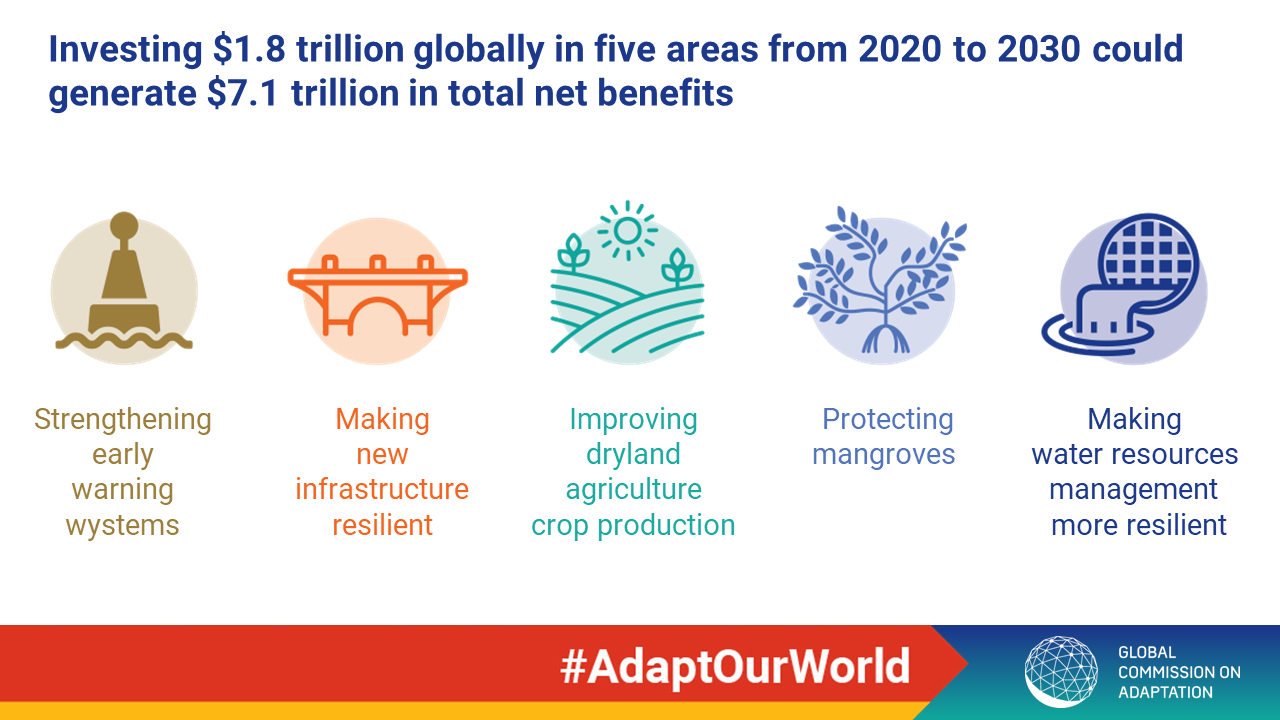This is how India is making its coastal cities more climate-resilient
Climate change means severe storms and floods are becoming stronger and more frequent along India’s enormous coastline – but outdated infrastructure and rapid urbanisation means there is much work to be done to make the country’s cities and population better prepared for their effects. Work has begun – but will it be enough?
I
ndia has been hit by more natural disasters than any other country bar the US and China since 1995. India’s placing in this unhappy list isn’t really surprising; after all, it is one of the largest countries in the world and, with 1.4 million inhabitants, its second most-populous. More surprising, perhaps, is the fact that the rate of natural disasters hitting India has quadrupled since 1970.
Several natural catastrophes have ravaged the country’s coastline recently. In April this year, India’s northeastern coastal state of Odisha was devastated by Cyclone Fani, the strongest storm to hit the region in 20 years. Last year, meanwhile, heavy monsoon rains caused the worst flooding in a century in the southern coastal state of Kerala. Given rising sea levels and the intensification of monsoon rainfall caused by the warming oceans, the worry – and expectation – is that these ‘unusual’ weather events are going to become the new normal for the estimated 171 million Indians who live along the country’s 7,500km of coastline.
In some respects, India has plenty of work to do in adapting its coasts and the many cities that sit along it to this new reality; in others, the country’s long familiarity with extreme weather events means that even though the regions’ physical infrastructure is at risk, their emergency response systems and procedures are up and running – and saving lives in the process.
Bombay blues
Mumbai – India’s largest metropolitan area, with a population of 18 million – is a historically watery city. Situated on India’s northwestern coast in the state of Maharashtra, Mumbai is built on a series of connected islands, and parts of it are between six and eight metres below sea level.
A combination of outdated infrastructure, poor planning and rapid development means floods have become a common occurrence in Mumbai. Victorian-era storm drains, intended to cope with lower rainfall and a far smaller population, are today regularly inundated. Rapid urbanisation, meanwhile, has led to the destruction of mangroves along the edges of the city’s waterways, which function as natural flood barriers. A report by India’s National Oceanographic Institute has predicted that 40% of the city could be underwater by the end of the century.
The State Government of Maharashtra is taking this threat seriously. In 2014 it published a report on preparing for the effects of climate change in the state, which suggested a couple of major quick wins; firstly, improving the existing network of drains – it has been estimated that clearing these of the garbage and silt with which they are currently clogged could reduce flood damage by up to 70% at a stroke – and secondly, replacing road surfaces with permeable asphalt. But the report also floats measures directed towards better preparing the city’s inhabitants for the reality of more frequent flooding. These include establishing a network of flood rescue centres at each of Mumbai’s flooding hotspots, as well as training affected communities in the safest and most effective courses of action in the event of floods.

Be prepared
While there is still plenty of work to do to prepare the physical infrastructure around India’s coasts, the national and state governments are far better prepared when it comes to the safety of those affected. In the aftermath of a cyclone that hit Odisha in 1999, in which 10,000 people lost their lives, the state government established India’s first Disaster Management Agency, which oversaw the construction of 800 cyclone shelters and an early warning system, as well as a public information campaign.
This approach has saved thousands of lives – this year’s storm resulted in 16 deaths – and has been replicated in other coastal areas.
Creative destruction
In Kerala, meanwhile, the terrible flooding last year and the damage left in its wake have presented the state with an opportunity to address both of the aforementioned consequences. The Rebuild Kerala Initiative is, in the words of the state government, a ‘vision of converting crisis into opportunity by… embedding the idea of building a green and resilient Kerala’.
The project masterplan, published earlier this year, brings together modern climate adaptation approaches and technologies in an effort to bring this vision about. Its key principles include building more flexible and adaptive new buildings and infrastructure along to much more exacting design standards; applying natural solutions where possible; building strong cross-sector partnerships to cross-pollinate ideas and exercise; and prioritising the safety and wellbeing of Kerala’s most vulnerable members of society throughout the entire process.
As with the disaster management systems, Kerala’s government hopes that its approach and the knowledge gained as a result can help other areas of the country with their adaptation efforts. Given the worsening trajectory of India’s extreme weather events, the country’s next big test can’t be far away.
The ideas presented in this article aim to inspire adaptation action – they are the views of the author and do not necessarily reflect those of the Global Center on Adaptation.